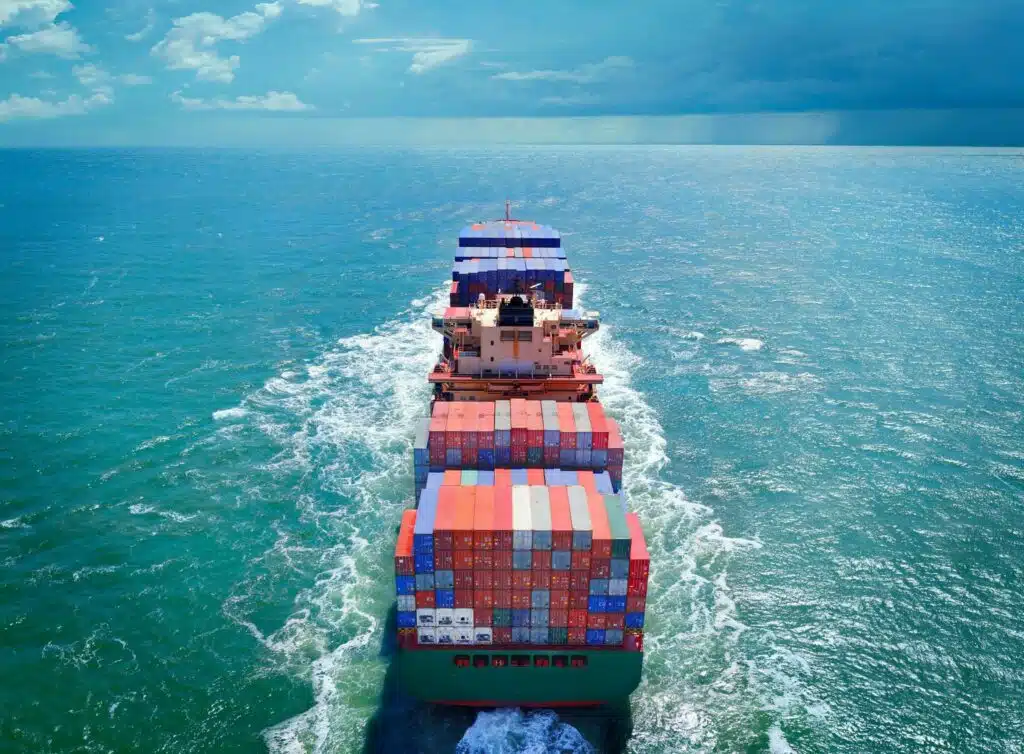As a business owner or procurement professional, you know that market conditions can change quickly and significantly impact the success of your company. This is especially true in the ocean freight industry, where the demand for shipping can fluctuate significantly.
When there is uncertainty in the market, it’s important to carefully consider your procurement strategy to ensure that you’re getting the best value for your business. In this blog post, we’ll be discussing five key considerations for successful ocean freight procurement in a falling market. By keeping these tips in mind, you can weather the storm and come out on top.
So, whether you’re a seasoned pro or new to the world of ocean freight, read on for some valuable insights and strategies for navigating a falling market.
5 Key Ocean Freight Procurement Considerations in a Falling Market
Should we move away from year-long contracts?
Businesses remain undecided here, concerned about locking-in rates, only for the market to worsen. Several long-term contracts have recently been renegotiated mid-term – either at the instigation of carriers seeking additional volume or by shippers unable to support the current delta between spot and contract rates – raising questions about their value.
Some shippers whose contracts expired in 2021 have sought out short term extensions as they look to renegotiate more advantageous terms. Others, often smaller ones, have shifted to the spot market due to the lack of loyalty shown by carriers and forwarders who failed to honour their commitments. However, commercial motives are not the only factor at play here.
Those with complex supply chains or specific customer requirements who want a reliable annual freight budget should develop long term supplier relationships underpinned by one-year contracts. These agreements can bring considerable savings on ocean freight costs, along with improved payment plans, free time conditions and operational efficiencies.
Should we reduce our MQC?
The 16% drop in East-West headhaul volumes in September, caused by both high inventory levels and slack consumer demand, was a key factor behind the recent collapse in freight rates. With the vessel order book amounting to 2.5 million TEU for 2023, capacity is certain to increase; however, forecasts for global demand remain very unclear.
A lot of shippers will proceed cautiously with Minimum Quantity Commitments (MQCs), unsure about their own projections but certain that market capacity will be available if required. As a consequence, many shippers will be cautious about Minimum Quantity Commitments (MQCs), feeling uncertain about their own demand predictions, while remaining confident that market capacity will be available if they need it.
How do we set bid target rates in a collapsing market?
Shippers are finding it difficult to settle on target rates with the situation changing rapidly. Drewry suggests basing these figures on at least three sources, such as the break-even point, providers’ cost per container, current and recent contract market rates (from a benchmarking group like Drewry’s Benchmarking Club) and pre-COVID rates. This data will help shippers make informed decisions during periods of uncertainty.
Should we reduce our service provider pool?
It is clear that the relationship between shippers and carriers/forwarders has been strained in the past year, with many having to look further afield to meet their capacity requirements. In this market which favors buyers, Drewry suggests shippers evaluate and condense their service provider choices, placing value on quality as opposed to sheer numbers.
They also advocate a strong Quarterly Business Review with definite KPIs that ascertain if service reliability has improved since it dipped to 30% over the prior two years. When trying to cut costs, favor should be given to companies which show they are capable of broadening performance levels.
Should we move to an index linked contract?
Shippers are particularly interested in the ‘trigger clause’ this year, as market conditions appear to be declining. In these circumstances, carriers should be prepared to enter into renegotiation discussions without a formal mechanism, if the difference between spot and contract rates is significant.
Building long-term relationships based on mutual understanding is much more beneficial than incessant price debates. It requires thorough planning and preparation but can yield value for both sides by allowing focus to shift towards operational improvements.
Let’s Bag Your Business
Looking to navigate the market and ensure success in your ocean freight procurement? Look no further than SupplyCaddy. As a leading global manufacturer and supplier of packaging and disposables for the food service industry, we have the experience and expertise to help you succeed. With more than 100 combined years in the industry and a track record of delivering over 100,000,000 products, you can count on us for fair pricing, fast lead times, and excellent customer service.
Don’t let a falling market hold you back. Contact SupplyCaddy today at [email protected] for general inquiries or [email protected] for supplier inquiries. Let us help you deliver on your mission.





















